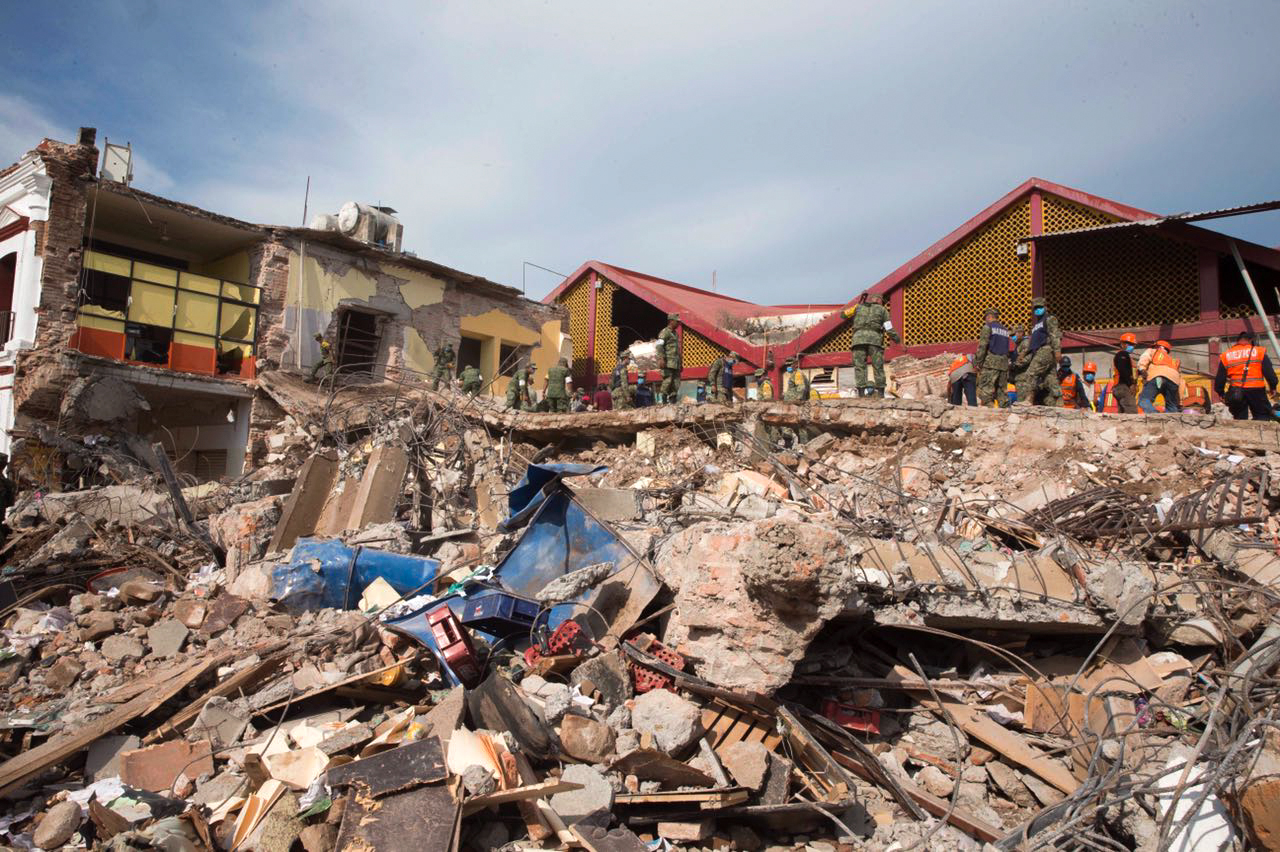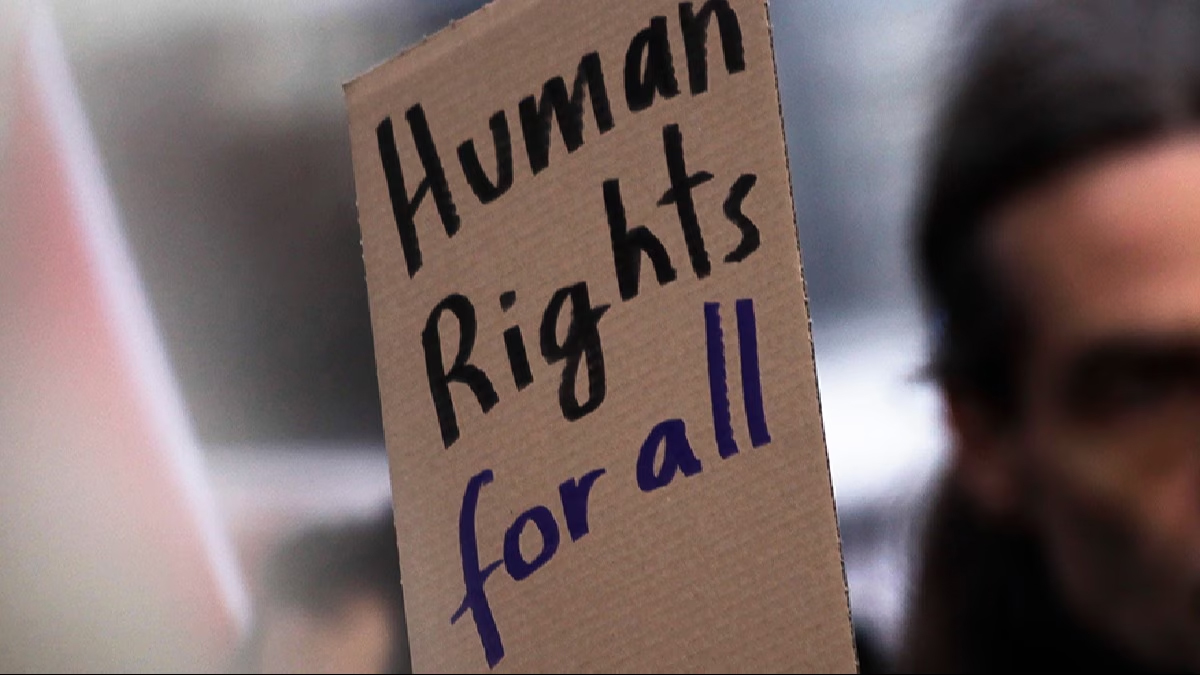A disaster is an extreme disruption of the functioning of a society that causes widespread human, material, or environmental losses that exceed the ability of the affected society to cope with its own resources. Disasters caused by floods, droughts, tidal waves and earth tremors are generally considered “natural disasters.”
 Dhurjati Mukherjee I INFA Service
Dhurjati Mukherjee I INFA Service

Globally disaster losses are estimated at $520 billion per annum, pushing more than 26 million people into poverty every year. As a result, inequality was rising at a far greater pace than projected, a UN study has revealed. This is worrisome, particularly for India, as the gap between the rich and poor is widening and if disasters add to it, then the next Government needs to do a lot more for the people.
Out of 36 States and Union Territories in the country, 27 of these are disaster prone. Almost 58.6 per cent of the landmass is prone to earthquakes of moderate to very high intensity; over 40 million hectares (12 per cent of land) are prone to floods and river erosion; of the 7,516 km long coastline, close to 5,700 km is prone to cyclones and tsunamis; 68 per cent of the cultivable area is vulnerable to drought and hilly areas are at risk from landslides and avalanches.
A disaster is an extreme disruption of the functioning of a society that causes widespread human, material, or environmental losses that exceed the ability of the affected society to cope with its own resources. Disasters caused by floods, droughts, tidal waves and earth tremors are generally considered “natural disasters.” The UN defined a natural disaster as: “the consequences of events triggered by natural hazards that overwhelm local response capacity and seriously affect the social and economic development of a region.”
It has been seen that natural disasters cause huge loss to the economy of a country and many Third World countries, including India, have been a victim of such incidents. But such disasters have been continuing in the last few years with global warming aggravating its frequency. India has been vulnerable, in varying degrees, to a large number of natural disasters such as floods, droughts, cyclones, earthquakes, landslides, avalanches and forest fires.
With statistics raising a frown, the proposed global Coalition for Disaster Resilient Infrastructure (CDRI) – an Indian initiative on the lines of the Solar Alliance of 120 countries – is a step in the direction which received a boost with India pledging Rs 480 Crores to set up a secretariat in New Delhi.
The initiative has the support of the UN and the World Bank. Among the 33 countries which have already supported the Indian initiative, Italy, UK, Australia, South Africa, and the European Union have agreed to fund the new organization set to be declared at the UN Climate Summit, scheduled at the UN headquarters this September.
It is understood that the CDRI will work to develop common standards in infrastructure building and invest in research and development that will also determine funding from multilateral banks towards future investments by countries. The coalition’s charter provides for facilitating collaborative start-ups between countries to develop knowledge platforms on disaster and climate risk and resilience for infrastructure.

Meanwhile, a study by the UN Office for Disaster Risk Reduction (UNISDR), released October last year, had found that 91 per cent of all disasters in the past two decades (1996-2017) were caused by floods, storms, droughts, heat waves and other extreme weather events. Globally, disaster losses during this period were estimated at $3 trillion. Low income countries like India suffered greater economic losses with up to 87% of their disasters not reported. India suffered losses of $80 billion during the 20-year period.
Among natural disasters, many earthquakes have been witnessed in the Himalayan region but India has not learnt from past mistakes to tackle such an eventuality. At an international workshop on ‘Climate Change & Extreme Weather Events’ held recently, experts discussed the effects of climate change, melting of glaciers, increased frequency of weather events, atmospheric pollution etc. Scientists from various fields of expertise concurred that an earthquake of the magnitude of 8.5 or more is expected to rock the Himalayan region.
These research groups, including the one in IIT, Roorkee, are in the process of developing earthquake early warning systems which could give people up to a minute of warning before the quake. A section of scientists believe that science can tell where an earthquake may strike and with what magnitude, but predicting the time may not be possible.
Though it is generally regarded that prediction of quakes is a rather impossible task, the efforts of engineers at Roorkee would go a long way in saving some lives. However, seismologists believe that even such warning to enable people to safely vacate their buildings before an earthquake, though many a home may be destroyed, renders a whole society into refugees. It was pointed out at the conference that publicly funded government buildings in Himalayan States such as Sikkim and Manipur could not survive low intensity earthquakes.
The need for buildings to be quake resilient was stressed at the conference, much like medical instruments are sterilised before use, irrespective of whether a patient is rich or poor. Thus the building of proper infrastructure is very much necessary for which the CDRI may play a significant role in the coming years.

Another natural disaster which is almost a recurring problem for India every year is floods. Melting of glaciers and excessive rainfall in certain parts of the country has resulted in floods in many regions, specially the North East. Added to this, cutting down of trees and clearing forests has aggravated the situation. In such circumstances, lack of infrastructure has resulted in massive loss of lives and property.
The whole issue is one of serious concern but planners have not given it enough attention as the sufferers are mostly poor people who reside in villages and in the coastal belts of the country. Very few people in cities and urban areas have been affected and since the focus of our planning strategy is urban centric, flood protection has not received due attention in terms of resource allocation. Thus, floods are witnessed almost every year though, in recent years, evacuating people from flood affected areas has been quite fast than before.
In such a critical situation, there is need to evolve a strategy to counter all types of natural disasters in an effective manner. It needs to be pointed out here that unlike the West, which is economically better equipped to handle climate change and its repercussions, countries like India and China which bear the brunt of disasters caused by rising emissions and a warmer planet. If there are no floods or cyclones in the country, India faces drought in several areas. The rise in temperatures is rather phenomenal causing natural disasters. In fact, temperatures in three Indian cities Chennai, Mumbai and Delhi have seen a steady rise during the last several years.While infrastructure development and awareness generation have to be taken up in right earnest by India, there is need to involve the grass-root organisations in tackling disasters, specially floods, cyclones and earthquakes. The Human Rights institutions are uniquely placed to play a role in ensuring that rights of those affected by natural disasters are promoted. Those that have expertise in human rights principles and are rooted in locally may have a better view of what is needed and what is possible than national actors. While specific national contexts vary and different kinds of disasters require different responses, the need to uphold human rights in emergency situations seems to be constant.





